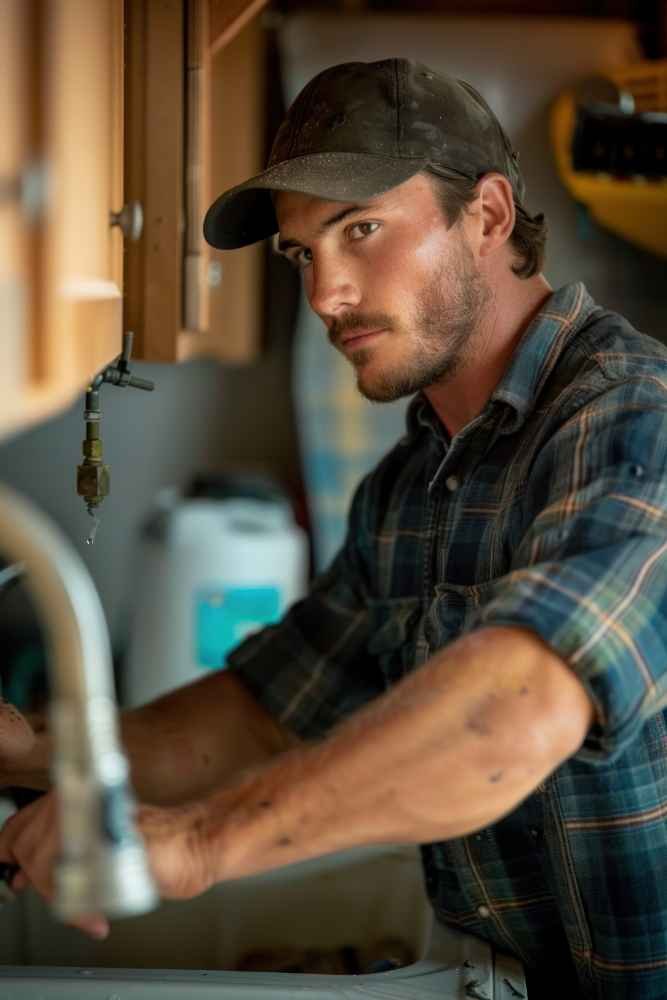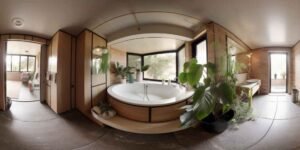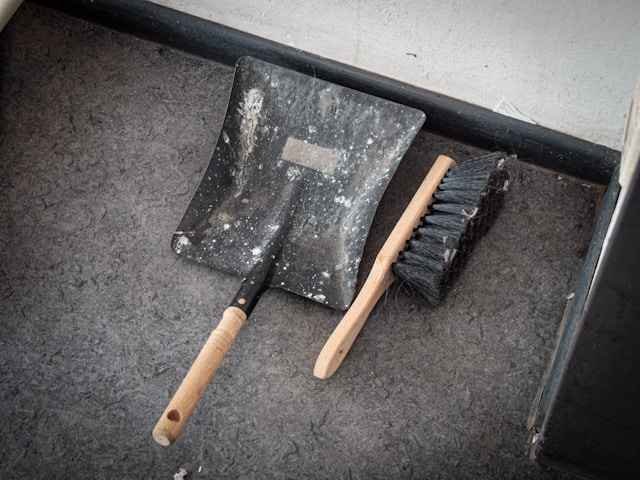Bathroom remodeling in Irvine involves more than just selecting finishes or upgrading hardware. Behind the walls and under the floors, critical systems affect how well everything functions. Every detail, from pipe routes to fixture spacing, plays a role in how the space comes together.
When undertaking remodeling projects involving plumbing in Irvine, early planning is essential to address pipe conditions, space constraints, and layout changes. Examining the current plumbing system helps identify what requires adjustment and what can be retained. Below are several key areas to consider when planning a plumbing remodel.
Inspect the Current Plumbing Infrastructure
Before removing flooring or cabinets, it’s essential to assess the condition of the pipes and fittings. Even when surfaces appear fine, older lines may have internal wear that requires attention. Taking time to evaluate these systems avoids repeat disruptions later. Homeowners in Irvine often encounter a mix of newer and aging materials, so it’s helpful to check for any signs of previous repairs or inconsistent water flow. Updating key sections during the remodel can provide more lasting performance.
Coordinate Fixture Selection with Layout Design
Fixtures should fit the overall design while respecting space limitations and pipe placement. Matching functionality with layout helps create a smooth transition between planning and installation. Each feature must work with the surrounding structure. Making choices after reviewing layout dimensions allows for better alignment with water lines and drainage paths. Faucets, sinks, and tubs should all meet spacing and mounting requirements without forcing last-minute changes.
Ensure Proper Drainage and Vent Placement
Each fixture relies on drainage and ventilation to perform correctly. Angled piping and vent alignment play a central role in maintaining consistent water flow. If not addressed early, problems such as slow drainage or airlocks may occur. Relocating a fixture may require changes to these systems. A thoughtful layout that incorporates ventilation needs ensures that airflow and waste movement remain balanced throughout the entire room.
Plan for Efficient Water Use and System Access
Good planning involves selecting components that offer both high performance and easy maintenance. Long-term access to shut-off valves or cleanouts is often overlooked during construction but proves valuable in the long run. Positioning elements with service in mind avoids unnecessary wall or floor removal in the future. It’s also helpful to look at how each area supports daily routines. Keeping access panels, drain traps, and water controls in logical locations can make ongoing upkeep more straightforward.
Unique Planning Points to Keep in Mind
Beyond pipe layout and fixture positioning, specific structural details often influence the overall success of a bathroom remodel in Irvine. These are not always part of standard planning but can affect durability, accessibility, and long-term upkeep. Taking note of the following considerations during early planning stages can help avoid overlooked adjustments later on:
- Confirm clearances after rough framing to avoid pipe conflicts
- Align the fixture depth with the wall cavity size to protect the plumbing
- Reserve vent space above mirrors or wall cabinets
- Use strong backing where heavy tile or wall-mounted items are planned
- Inspect subflooring for moisture issues before replacing drains
Look for Skilled Professionals with Local Knowledge
Reliable bathroom remodeling depends on more than just the materials used; it also comes down to who handles the work. Choosing professionals familiar with local standards can make the process more efficient. Teams that regularly work in the area are familiar with standard plumbing setups, typical structural layouts, and local inspection requirements. Many homeowners in Irvine turn to trusted local crews who specialize in bathroom systems and updates.
Remodeling projects that involve plumbing in Irvine benefit from a thorough review of the existing system and layout before any work begins. Evaluating spacing, pipe conditions, drainage, and fixture access can help prevent delays and ensure lasting performance. A well-planned approach keeps the process smooth and reduces unexpected issues along the way.
For more, visit our website Home Threads







